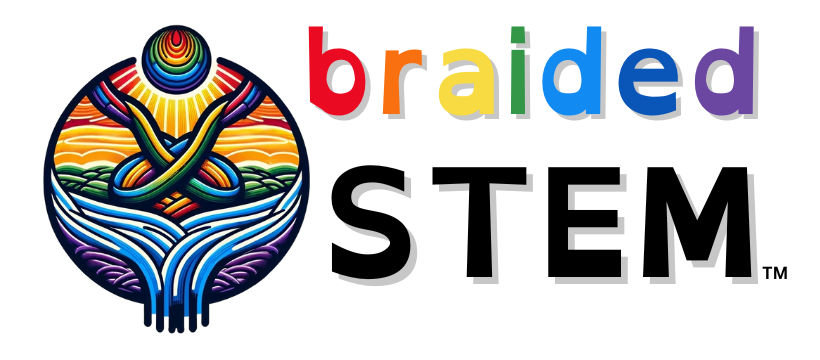Dry Erase Phun – #SciencingAndEngineering with @TheSTEMAZingPro
Teacher/Learning Coach Guide with Best Practices and Strategies for Engaging Students
[Coming Soon!]
Notice Phenomenon and Wonder Question Journal
If you want to use this resource in Google Classroom, you can find a Google Slides version of the Notice Phenomenon and Wonder Question Journal here: Notice Phenomenon and Wonder Question Journal for Google Classroom
Notice Phenomenon Journal
Use this journal to allow students to focus on things they notice from the phenomenon, in this case the video. There are three notice rounds in the video. At the end of each round, students should be allowed to finish writing their observations in their journals. They should then either discuss in small groups or participate in a facilitated class discussion about what they noticed. In this way, things they may have missed could be brought to their attention. Rinse and repeat for another two rounds so they can confirm other students’ noticings and make more of their own.
PRINTING NOTE: Be sure to print double-sided and flipped along the short side.
 Loading...
Loading...
Wonder Question Journal
Use this journal after students have completed their Notice Phenomenon Journal. You can hand this out with the Notice Phenomenon Journal in case they have a wondering or two while they are making observations, but the idea is to let them focus first on just noticing and then on wondering. After they have noticed a number of things from the phenomenon, students should then write as many questions as they can think for related to the phenomenon. You can let students share out after they have had some think ink time of their own. Once they have written their questions, they should then go back and identify with a check mark if those questions are scientifically testable. This might be where you end their engagement or you could let them take one of their testable questions and using the PQRST Journal, found below, they could go through the process of designing an experiment, collecting data, communicating results, and so on. It depends on the time you have and the goal of engaging them with this phenomenon.
PRINTING NOTE: Be sure to print double-sided and flipped along the SHORT-edge.
 Loading...
Loading...
PQRST Sciencing Journal Hack Version
If you want students to go through the entire process of designing, carrying out, and communicating the results from a scientific experiment, then the PQRST Journal is a useful tool. It does not fit every single testable question but it will work for most. The PQRST Journal allows students to take a testable question and design a scientific investigation using the science practices. NOTE: Some assembly is required! See the step-by-step pictures below this document for help, if needed. The assembly requires scissors but not tape or staples. If you want the boring print, fold, and staple version, you can find it here: PQRST Sciencing Journal Fold and Staple Version
PRINTING NOTE: Be sure to print double-sided and flipped along the SHORT-edge.
 Loading...
Loading...
PQRST Journal Assembly (Just like our STEMAZing Journal Hack!)
